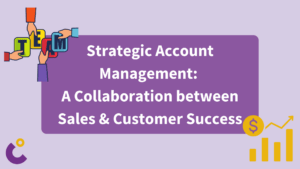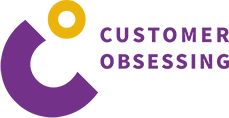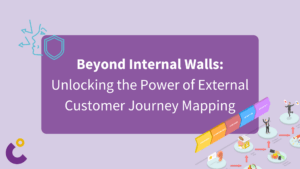
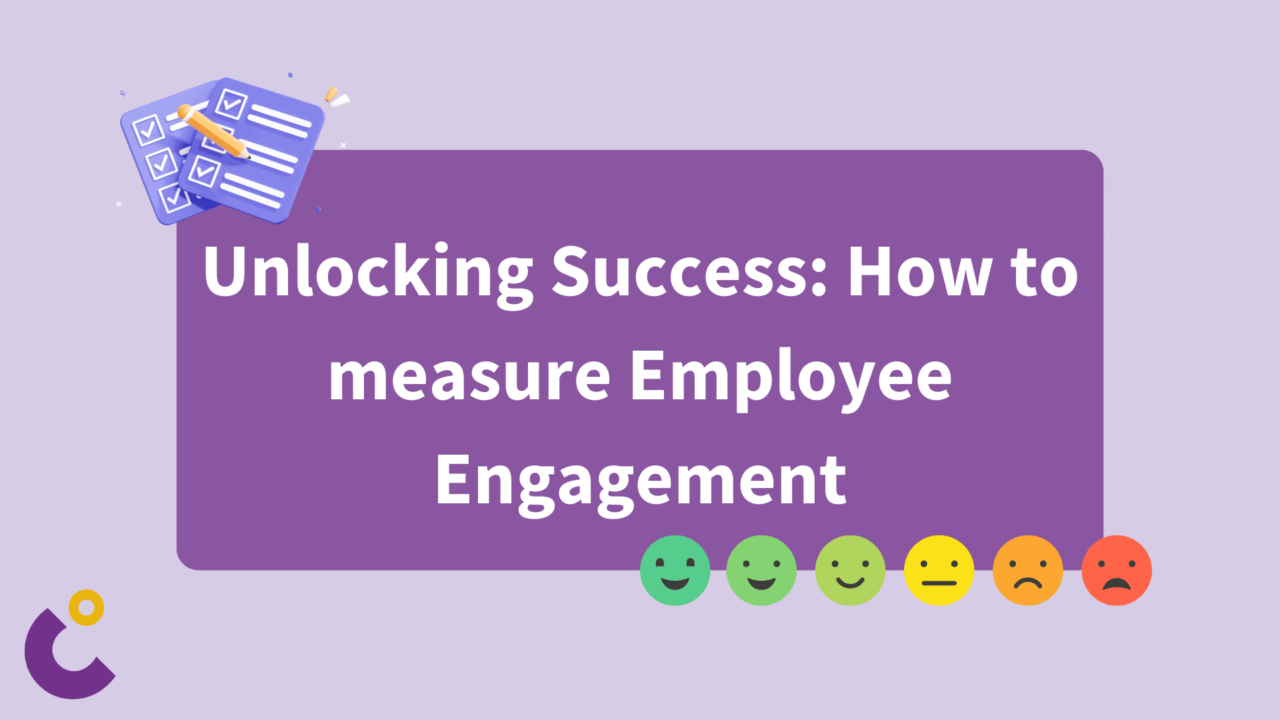
Unlocking Success: How to measure Employee Engagement
In the current macro-economic environment, labor shortage and war for talent are top of mind for organizations wanting to grow. That’s why they start recognizing the significant impact of employee engagement on their overall success. Employee engagement goes beyond mere job satisfaction and delves into the emotional commitment and dedication that employees have towards their work and the company they work for. Engaged employees are more productive, innovative, and committed to their work. This leads subsequently to improved customer satisfaction and increased profitability.
To measure employee engagement is essential for any organization seeking to foster a motivated and productive workforce. One of the most effective tools for accomplishing this is through well-structured employee engagement surveys. However, conducting surveys alone is not enough. The true value lies in acting on the feedback received and closing the loop with your employees.
1. The Importance of Conducting Employee Engagement Surveys
Employee engagement surveys serve as powerful instruments for understanding the pulse of an organization’s workforce. These surveys provide an opportunity for employees to express their thoughts, concerns, and suggestions openly. By asking the right questions and using validated survey methodologies, like Gallup’s Q12, organizations can gain valuable insights into various aspects of employee engagement. Some of the key benefits of conducting those surveys include:
- Identifying Engagement Levels: Surveys help gauge the overall engagement levels of employees, enabling organizations to understand the extent of their workforce’s emotional connection to their roles and the company.
- Diagnosing Pain Points: Through targeted survey questions, organizations can pinpoint specific areas that require improvement, whether it’s communication, leadership, recognition, career growth, or work-life balance.
- Informing Decision-Making: Data gathered from engagement surveys provides a data-driven foundation for strategic decision-making, resource allocation, and policy adjustments to enhance employee experiences.
- Increasing Employee Involvement: Involving employees in the survey process fosters a sense of ownership and empowerment, leading to increased trust in the organization and its commitment to improvement.
2. Acting on Feedback: The Key to Positive Change
Conducting employee engagement surveys is merely the first step. The true value lies in taking meaningful action based on the feedback received. Employees invest their time and effort in providing honest feedback. When you fail to act on that feedback, it can lead to disengagement and erode trust. That’s why you should take the following steps to demonstrate your commitment to positive change:
- Analyzing and Interpreting Data: Thoroughly analyze the survey results, to identify trends, patterns, and areas of concern. Understanding the data helps to formulate targeted strategies for improvement.
- Engaging Leaders and Managers: Engage leadership and managers in discussions about the survey results. Encourage open conversations about how to address issues and create action plans that involve multiple stakeholders.
- Prioritizing Actionable Items: Focus on the most critical areas for improvement and set achievable goals. Prioritizing actions prevents spreading resources too thin and ensures that real progress is made.
- Implementing Effective Solutions: Develop and implement initiatives that directly address the feedback received. Whether it’s introducing recognition programs, enhancing communication channels, or offering professional development opportunities, these actions should align with employee needs.
3. Closing the Loop: Keeping Employees Informed and Involved
Closing the loop is a vital step in the employee engagement survey process. It involves transparently communicating the results to all employees, sharing the actions planned, and keeping employees informed throughout the implementation process. By doing so, organizations demonstrate their commitment to positive change and create a culture of continuous improvement and open feedback.
- Sharing Survey Results: Communicate the survey findings to all employees, acknowledging the areas of concern, and celebrating strengths. Transparency encourages trust and demonstrates that your employee’s feedback is genuinely valued.
- Outlining Action Plans: Clearly outline the action plans and initiatives that will be undertaken to address the identified issues. Be specific about timelines and responsibilities to create accountability.
- Seeking Employee Input: Involve employees in the process of designing and refining improvement initiatives. This collaboration fosters a sense of ownership and ensures that solutions are tailored to employee needs.
- Progress Updates: Provide regular updates on the progress of implemented actions and their impact on employee engagement. Celebrate successes, and if necessary, adapt strategies based on ongoing feedback.
Gallup Q12 & Employee Value Pyramid from Bain as Employee Engagement Frameworks
So, how can organizations effectively measure employee engagement? We will explore two widely recognized frameworks, Gallup’s Q12 and the Employee Value Pyramid from Bain. Let’s discuss how they can help organizations assess and enhance employee engagement!
Measure Employee Engagement with Gallup’s Q12:
Gallup’s Q12 is a renowned survey framework that measures various aspects of employee engagement. These 12 questions provide valuable insights into the employee experience and help identify areas for improvement. Here are the key elements of Gallup’s Q12:
- Clear Expectations: I know what is expected of me at work.
- Resources and Tools: I have the materials and equipment I need to do my work right.
- Job Fulfilment: At work, I have the opportunity to do what I do best every day.
- Recognition: In the last seven days, I have received recognition or praise for doing good work.
- Manager-Employee Relationship: My supervisor, or someone at work, seems to care about me as a person.
- Manager-Employee Relationship: There is someone at work who encourages my development.
- Individual Contribution: At work, my opinions seem to count.
- Mission and Purpose: The mission or purpose of my company makes me feel my job is important.
- Team Collaboration: My associates or fellow employees are committed to doing quality work.
- Team Collaboration: I have a best friend at work.
- Feedback: In the last six months, someone at work has talked to me about my progress.
- Development and Growth: This last year, I have had opportunities at work to learn and grow.
By analyzing the responses to these questions, organizations can gain a comprehensive understanding of their employees’ engagement levels and pinpoint areas requiring attention and improvement.
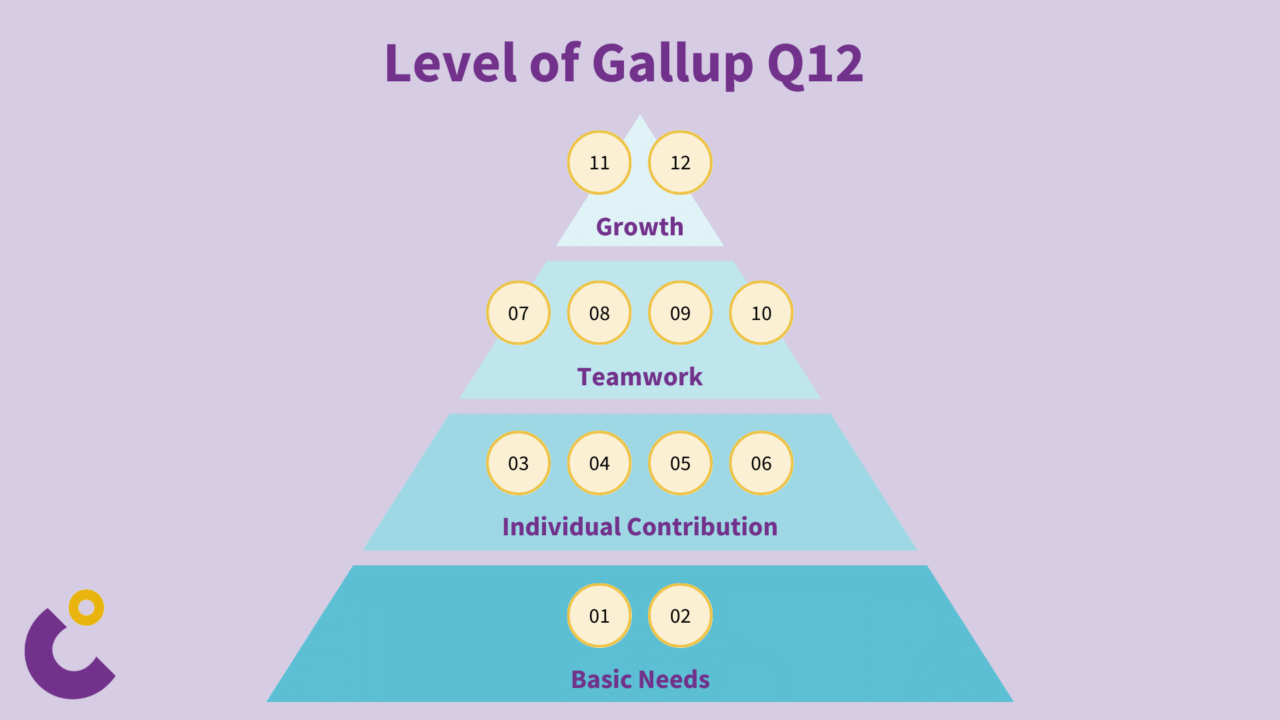
Measure Employee Engagement based on the Employee Value Pyramid from Bain:
Bain’s Employee Value Pyramid provides a holistic framework for assessing employee engagement. It consists of three key elements:
- Basic Needs for employee satisfaction: Organizations must meet employees’ fundamental needs, such as fair compensation, safe working conditions, and job security.
- Intrinsic Motivators to increase employee engagement: Employees value aspects such as interesting and challenging work, opportunities for growth and development, and a supportive work environment. Employees want to feel that their work makes a difference and contributes to the organization’s success. Recognizing and valuing their contributions enhances engagement.
- Meaning & purpose for employee inspiration: Employees seek alignment between their personal values and the organization’s values, fostering a sense of purpose and meaning in their work.
By evaluating each level of the Employee Value Pyramid, organizations can gauge their effectiveness in meeting employee needs and create strategies to elevate engagement levels.
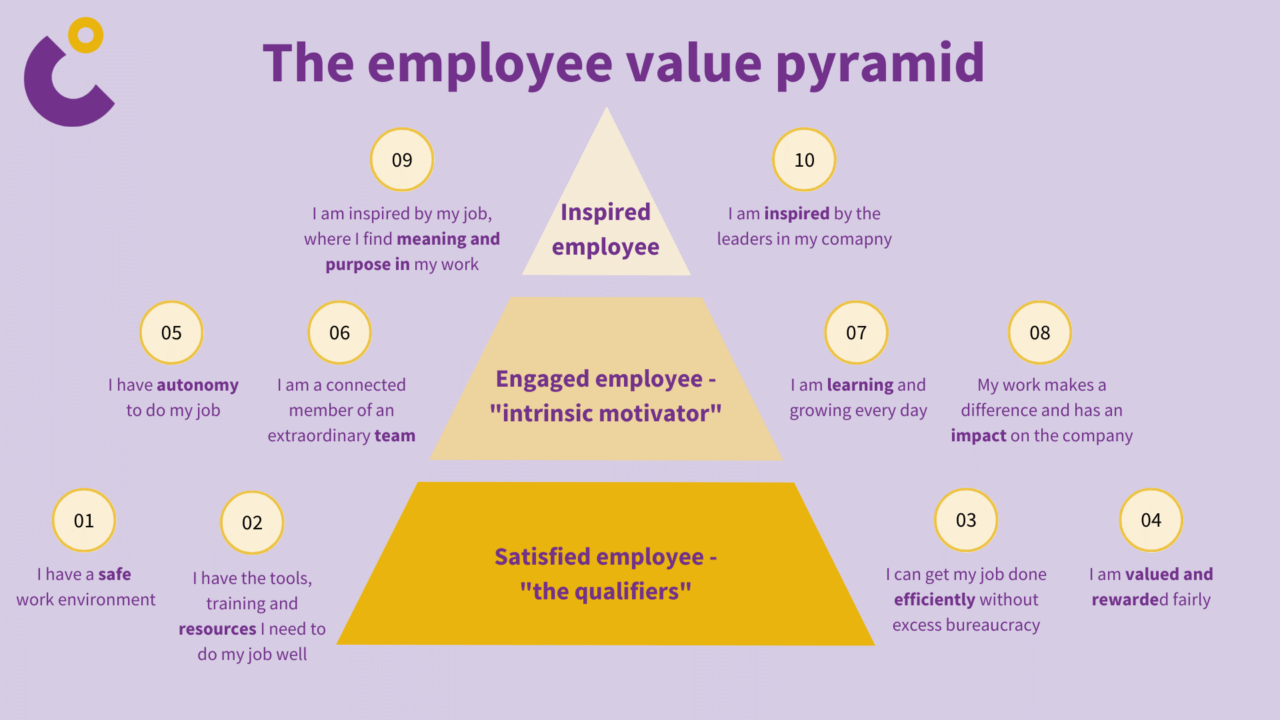
Our Customer Obsessing Employee Engagement Program:
At Customer Obsessing Consulting, we understand the importance of employee engagement in driving customer satisfaction and overall business success. We have developed a robust employee engagement program that is tailored to your company and built on both the Gallup Q12 and Bain’s Employee Value Pyramid.
Our program includes the following components:
- Regular Employee Surveys: We administer surveys based on Gallup’s Q12 to measure employee engagement levels, identify pain points and action items, implement a closing the loop process, and track progress over time.
- Performance Feedback and Recognition: We prioritize providing constructive feedback, recognizing achievements, and rewarding exceptional performance.
- Learning and Development Initiatives: We offer comprehensive training and development programs to empower your employees to enhance their skills and grow within the organization.
- Transparent Communication: We foster open and transparent communication channels, ensuring that employees feel heard and valued.
- Employee Well-being: We prioritize the well-being of your employees by promoting work-life balance and maintaining a safe and supportive work environment.
Long story short… Measure Employee Engagement is a crucial step in creating a highly engaged workforce
By utilizing frameworks such as Gallup’s Q12 and the Employee Value Pyramid from Bain, organizations can gain valuable insights into their employees’ engagement levels and identify areas for improvement. Our own employee engagement program incorporates these frameworks to ensure that your employees feel valued, motivated, and empowered to contribute to our organization’s success.
By prioritizing actionable items, implementing effective solutions, and involving employees throughout the process, organizations can foster a culture of continuous improvement, enhance employee experiences, and drive sustainable business success. Employee engagement is not a one-time initiative. It is a continuous journey towards creating a workplace where employees feel valued, supported, and motivated to excel. Remember, a highly engaged workforce is the key to unlocking a thriving business.
This might also interest you


Beyond Internal Walls: Unlocking the Power of External Customer Journey Mapping
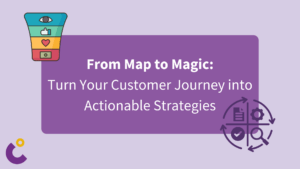
From Map to Magic: Turn Your Customer Journey into Actionable Strategies
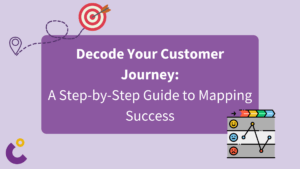
Decode Your Customer Journey: A Step-by-Step Guide to Mapping Success

Beyond the Score: Transforming Net Promoter into a Growth Engine – Net Promoter System
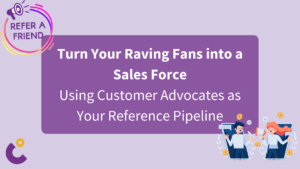
Turn Your Raving Fans into a Sales Force: Using Customer Advocates as Your Reference Pipeline
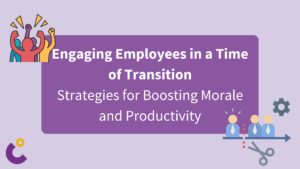
Engaging Employees in a Time of Transition: Strategies for Boosting Morale and Productivity
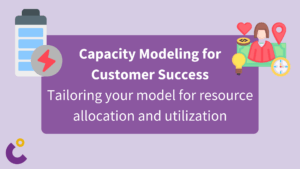
Capacity Modeling for Customer Success
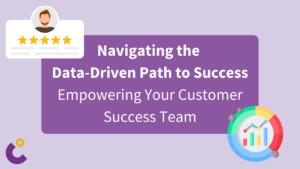
Data Driven Customer Success
